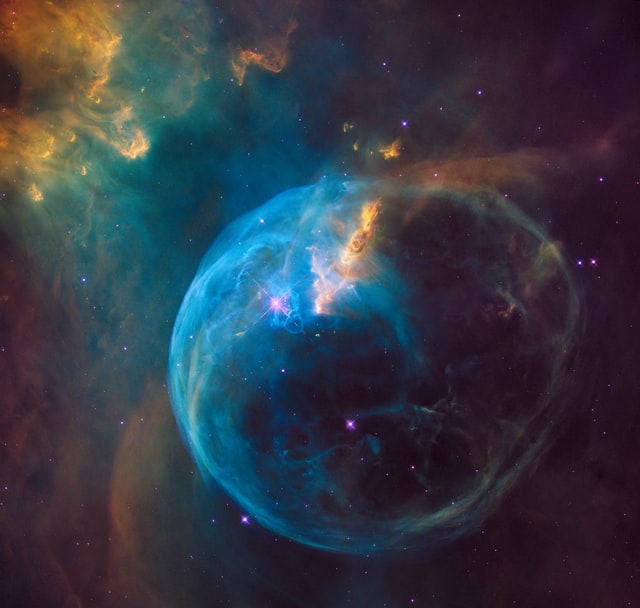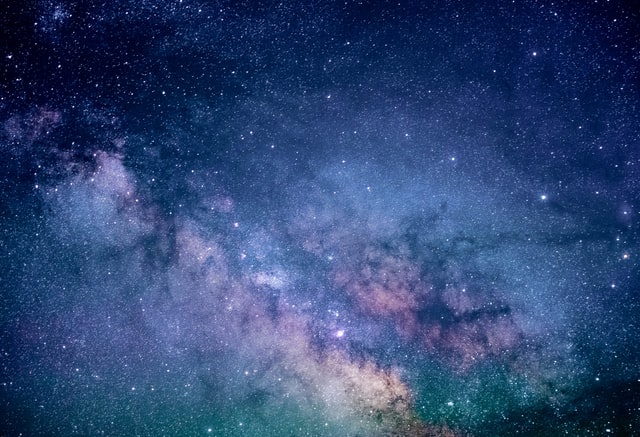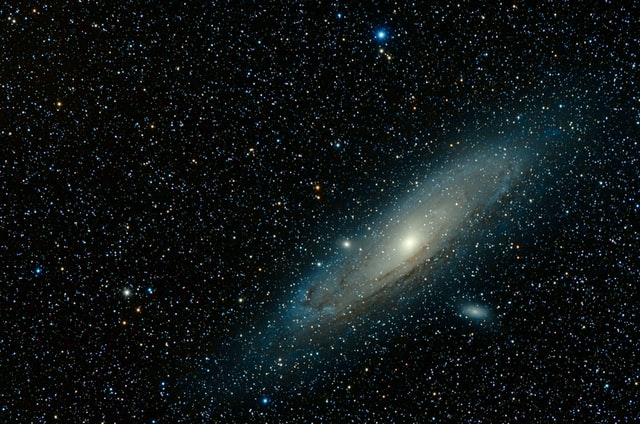Milky Way’s Black Hole and How the Universe Works?

We focus the newton space telescope on a region of space around Sagittarius a-star the supermassive black hole at the heart of our galaxy we spot two huge columns of gas glowing in x-ray light the columns seem to be coming from Sagittarius a star we see giant fountains of gas extending outward from the central region as though it’s like a wind or a giant expulsion event the fountains of gas extend 500 light years above and below the supermassive black hole that’s over a million times the distance from the sun to Neptune it looks like this material is actually leaving the vicinity of the black hole like it’s burping out these giant hot x-ray chimneys.
so why is Sagittarius a star burping out hot gas? Typically around a black hole you have an accretion disk funneling material into the black hole but all of it doesn’t end up in the black hole there is a little bit of gas falling onto it right now. even as I am speaking right as gas falls toward the supermassive black hole it becomes superheated it liberates an enormous amount of energy and that energy has to go somewhere as gas spirals towards the black hole some of the material accelerates to near the speed of light it blasts out from the accretion disk creating chimneys of superheated gas that seemed to connect to two of the largest structures in the galaxy the milky way’s fermi bubbles a few years ago we noticed that in fact there are these giant bubbles coming out of the very heart of the milky way galaxy in each direction there’s a bubble 25 000 light years long but the gas-filled bubbles dwarf the chimneys of superheated gas scientists wonder if another more powerful force blew the bubbles.
So what could have created all of this superheated gas that actually blew these tremendously large bubbles supermassive black holes in other galaxies might offer clues black holes at the centers of galaxies go through different phases so they can be either active or they can be calm sometimes black holes at the centers of galaxies go through an active phase and when that happens the black hole is actively feeding on material around it which means it’s growing and it also gives off huge jets of radiation calm supermassive black holes release a trickle of hot gas but when lots of material falls on them they can shoot out jets up to millions of light years long at the current time Sagittarius a-star is what we call quiescent it’s quiet there is some material swirling around it but really not very much but we don’t think that’s always been the case the centers of galaxies are busy places there are stars there there’s gas there there’s dust there and sometimes these things fall into that black hole six million years ago.
Sagittarius a star may have had a feeding frenzy eating too much and blasting out the remains in huge jets those jets plow through the galaxy initially at near the speed of light and as they do so they can wreak havoc or sculpt the evolution of the galaxy that they’re propagating through Sagittarius a-stars jets blasted gas out of the galaxy creating the scars we see as the fermi bubbles now whatever caused those jets seems to have turned off it’s not happening anymore and we’re seeing sort of the leftovers of them but this is clearly a sign that sometime in the past few million years the black hole in the center of our galaxy Sagittarius a-star was actively feeding on material around it material was falling into it and blasting out this stuff the jets left destruction in their wake they may have also affected the growth of our entire galaxy these structures at the center of our galaxy are important because they can either shut off star formation or they can trigger star formation as those jets propagate through the galaxy they pile up gas and that gas can be then triggered into star formation but these jets can also impart so much heat or energy feedback into the environment that they prevent star formation so black holes in many ways conduct an orchestra instructing or dictating when stars can and cannot form in the center of the milky way star formation rates seem low the jets could be responsible but in 2017 the alma telescope discovered the change is coming so alma’s actually been able to peer into the heart of our galaxy.
And see that near all this destruction there might actually be a new generation of stars forming today our calm supermassive black hole could be helping star formation in the core but the fermi bubbles could be evidence of a time when Sagittarius a-star shut down star formation could the supermassive black hole roar back to life in the future saggy star could roar back to life by just dumping some gas onto it and there’s a lot of gas at the center of our galaxy and it could wander into the proximity of Sagittarius a star and ultimately fall onto the event horizon and that would light it up if Sagittarius a-star eats enough gas it could shut down star formation in the galaxy for millions of years it could also give off x-rays and gamma rays that may hit the earth thankfully our central supermassive black hole is pretty quiet and massive feeding events massive energy events are very rare we don’t necessarily have much to worry about Sagittarius a-star has reshaped our galaxy if we want to survive in the universe we need to know more about this monster black hole the event horizon telescope is on a mission to do just that question is can it succeed.






Responses